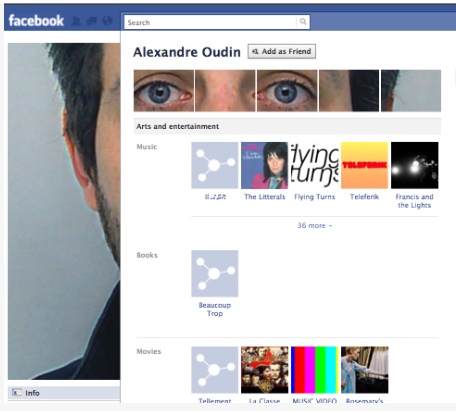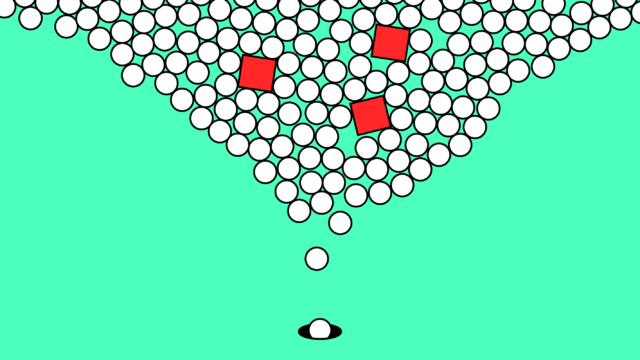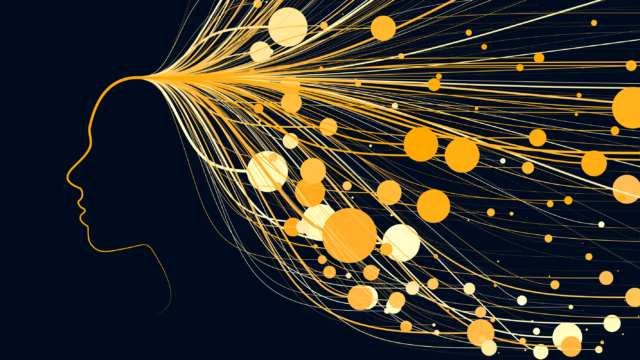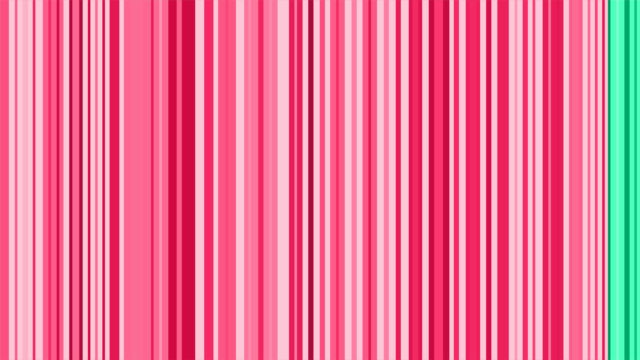Art in the Social Network
Art is, and always has been, one of the most defining aspects of a culture. Through creativity and expression, people’s identity and heritage are characterised and developed. From early cavemen to modern graffiti artists, people have always used creative methods to express themselves and their culture. But with globalisation and the Internet has come a new kind of society, a new culture, one based in online communities where people from all over the world socialise on a daily basis. It is the social network.
Some argue that the new realm of social networks hinders artistic expression. They assert that regulations and restrictions on images, text, data size, layout, and style formats prohibit people from expressing themselves creatively. Others argue even further, stating that the addictive nature of social networks makes people less productive. Thus, those who could be doing something artistic waste too much time on these sites rather than creating. With these limitations comes the potential reduction of offline culture as artists can no longer create as frequently as they once did.
Although these arguments may have valid points, it seems that many creative minds are actively pursuing art in social media. At the foundation of any creative movement is the interaction between artist and inspiration, between art and audience, and these relationships are ample in online social networks. Long before social networks existed artists relied on their interactions to inspire work; today art has simply moved into the online realm. It is no surprise, then, that people have developed ways to express themselves through these sites, allowing creativity to expand into these online societies.
Social media itself is a breeding ground for creative exchange because it is based on the notion of interaction and sharing. People can retweet comments made on Twitter, and Facebookers “share” things with friends. Wikipedia was built on collaboration and partnership, and Last.fm allows users to suggest music and share it with others. Social networking allows us to come together to inspire people, create projects, and reach audiences in a way that we couldn’t have before, opening minds to new possibilities and allowing everyone to participate in the adventure.
In addition to specialised creative social networks that appear on the web, many artists use mainstream social media to express themselves. In fact, some creative techniques have become part of normal social networking practices, and are used by the general public. Some of the most common techniques include posting photography and videos. Youtube and Facebook showcase millions of examples, creating many popular artists overnight. Additionally, by using basic emoticons and ASCII images, users integrate creativity into their online messaging. While many claim these methods as standard and not “artistic” it is important to remember that before social media, the sharing of these pieces, these emotions and ideas, on such a scale would have been virtually impossible. These techniques have helped create new ways to communicate, and this in itself makes up the foundation of artistic expression.
Some artists, however, have used social networks differently, taking social network art to a new level and using the platform or its function as part of their work.
One such technique is called Profile Photo Hacking and utilises Facebook’s latest profile redesign. Originally created by French artist Alexandre Oudin, this craze utilises the multiple images now situated on a person’s main profile. Individual photos become parts of a larger piece, much like a puzzle. Only when viewed together on a person’s profile does the full image appear.
Although restricted to 140 characters, Twitter has also spawned a variety of creative pieces. Author Shawn Kupfer uses Twitter as a way to publish his novels and is currently on his sixth book written this way. Working on his current project since February 2009, Shawn uses consecutive tweets to release the novel. He is followed by over 3,000 people.
Twitter has also inspired art offline. Artist Man Bartlett created a performance based on his reading of tweets people wrote to him. The tweets, sent from around the world became part of a spoken-word piece, each adding new meaning and depth to the performance. Likewise, the “Murmur Study” by Christopher Baker involved a wall installation of tweets expressing various emotions. Thirty printers were hung on a wall and printed strips of paper containing the tweets, creating a cascade of real-time emotion from around the world.
The argument that creativity is somehow hampered through social networks has been proven unfounded time and again. The vast list of creative ways in which social networking is used is only diminished by the even larger number of people who are able to view it. In fact, the essence of creativity relies on being able to overcome boundaries and hurdles, thus the existing restrictions in social networks don’t hinder creativity but rather produce it. Creative minds are constantly giving us new and inspiring social media art that helps us understand the modern world and our role in it.
Cite like to add our own creativity to social networks through Facebook Apps. Our Rosetta Stone App “International Me” allows users to find out what their name would be in another language. The App allows Rosetta Stone to stand out in the crowd and offer visitors a fun way to learn about other cultures. We’ve also created interactive competitions for Weight Watchers and Avis that allow visitors to participate in an engaging online experience. We always try to integrate fun, creativity, and unique Apps that help us stand out as Facebook App experts, and part of the creative social network movement.
If you’d like to creatively express your business online, give us a call on 0116 254 9888.




